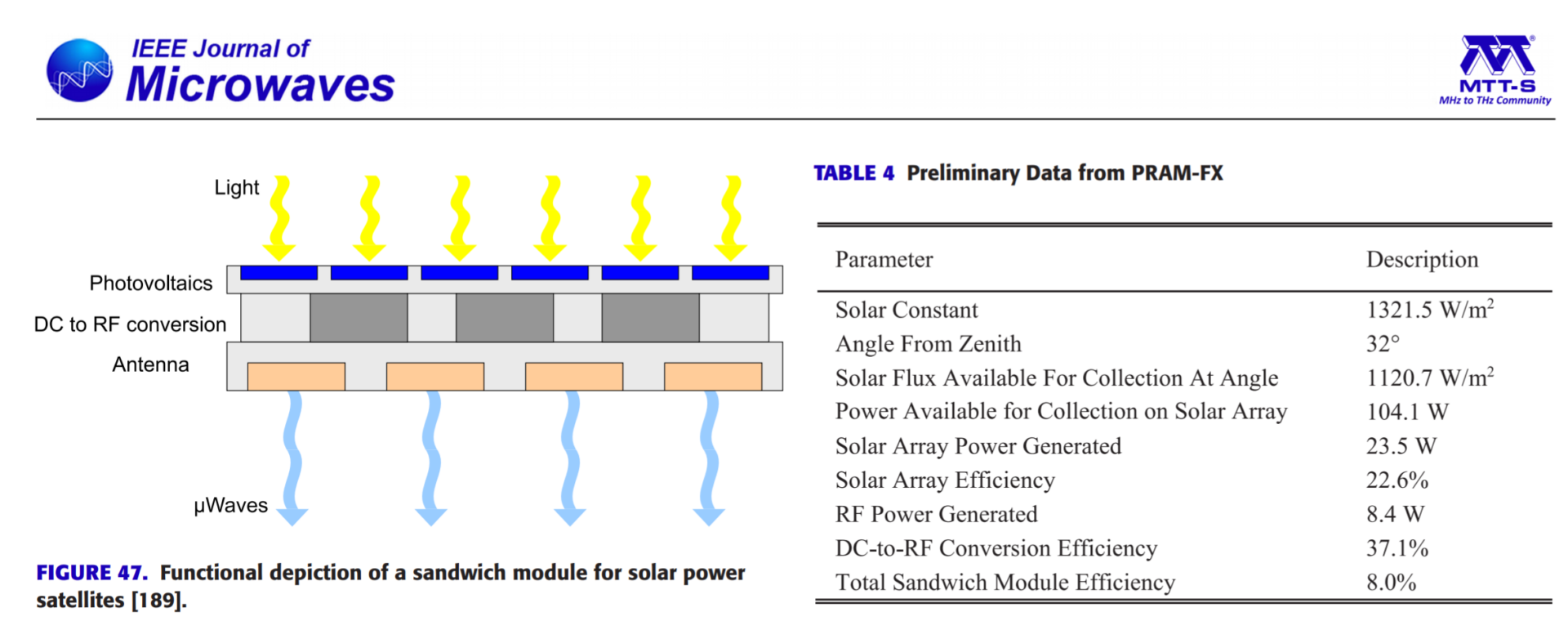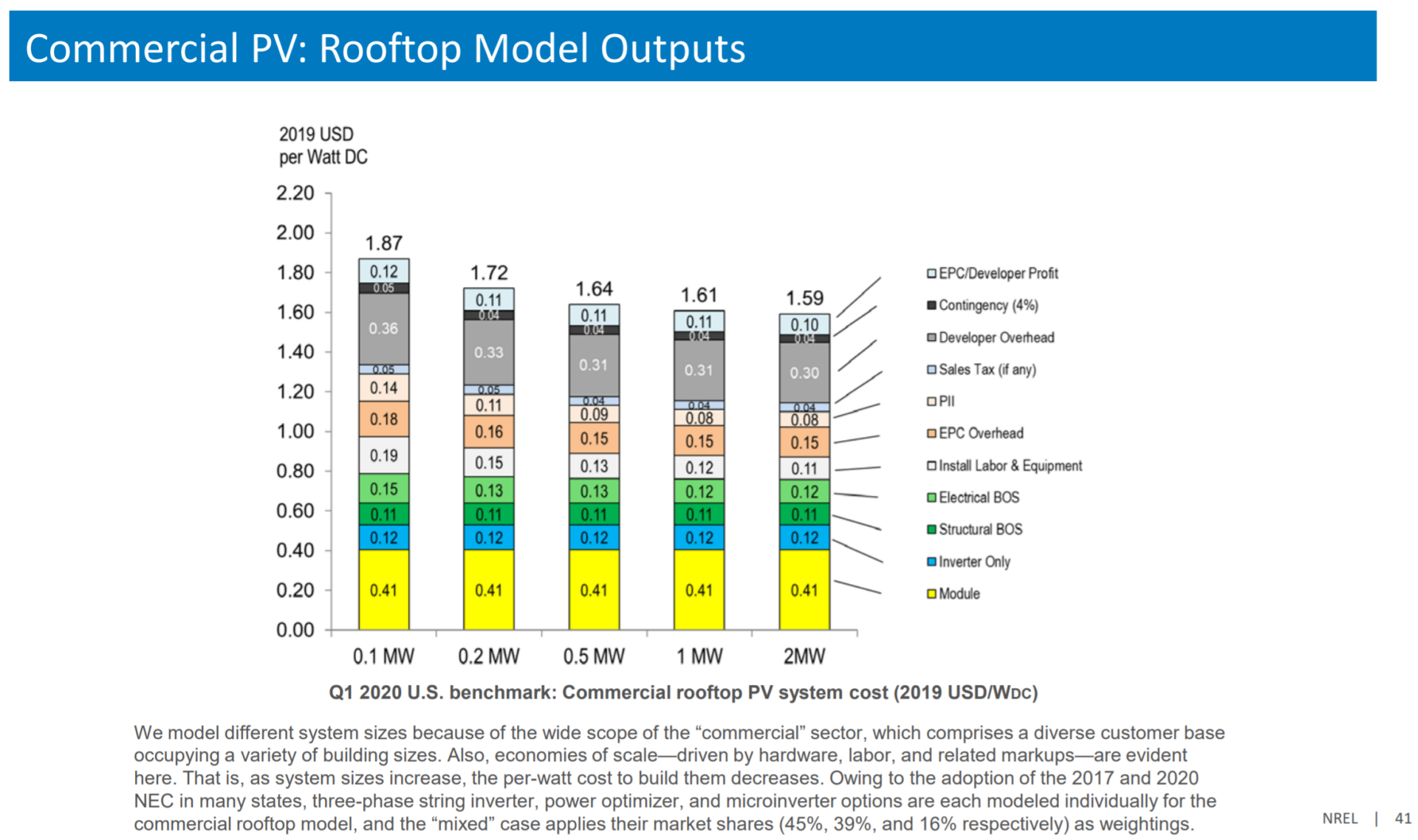The Clean Power Hour is a weekly clean energy headline review and commentary podcast brought to you by Tim Montague and yours truly – the CommercialSolarGuy – John Fitzgerald Weaver.
First of course, here’s the podcast – Episode 34!
Now, to the news!
Scientists working for the Pentagon have successfully tested a solar panel the size of a pizza box in space
The new hardware can beam solar in space to other satellites with receivers to significantly cut down on fuel being launched/stored on satellites.
Known as a Photovoltaic Radiofrequency Antenna Module (PRAM) — was first launched in May 2020, attached to the Pentagon’s X-37B unmanned drone, to harness light from the sun to convert to electricity. The latest experiments show that the 12×12-inch panel is capable of producing about 10 watts of energy for transmission, Jaffe told CNN. That’s about enough to power a tablet computer.
Plug Power to build North America’s largest green hydrogen production facility in Western New York
…the plant will produce 45 metric tons of green liquid hydrogen daily servicing the Northeast region. The plant will use 120 MW of Plug’s state-of-the-art PEM electrolyzers to make the hydrogen using clean NY hydropower… $290 million investment… strategically located in NYPA’s low-cost hydropower zone and will be serviced by high-capacity, 100% renewable, reliable and local power sources… includes a 450 MW electrical substation that will service the entire STAMP site.
What does a commercial solar panel system cost – free government research series
NREL shared this set of numbers as the Q1 2020 PV cost benchmarks:
$2.71 per watt DC (Wdc) (or $3.12/Wac) for residential PV systems
$1.72/Wdc for commercial rooftop PV systems
$1.72/Wdcfor commercial ground-mount PV systems
$0.94/Wdc for fixed-tilt utility-scale PV systems
$1.01/Wdc for one-axis-tracking utility-scale PV systems
Crossed wires at a utility jolt Maine’s solar developers
It’s been a messy series of events, but solar developers are getting used to it.
CMP responded with a letter rescinding the large interconnection fees. (…after saying approved fees of $100,000 to $200,000 were no longer valid…) The utility said that its initial upgrade estimates were in the range of $10-$15 million per substation, reflecting the cost of a complete rebuild. It revised most of its estimates to a range of $175,000 to $375,000 for required upgrades.
Building-integrated solar siding developed in the Netherlands
..it’s just cool to see what people are doing with solar at time of construction. They’ve built entire facades out of solar panels.
https://twitter.com/haroldvandeven/status/1364996246520258568
At a crossroads, Pennsylvania is poised to turn to solar
Based on 1 GW of solar projects in the Pennsylvania powergrid queues:
Using lease rates of $700 to $1,000 per acre, the Penn State researchers found that landowners would gain $2.9 to $4.2 million a year for 25 to 35 years. There would be a roughly one-off $1.8 billion economic benefit from construction costs flowing to the region’s laborers, engineers, and hardware distributors. Ongoing O&M benefits of $83 million a year would flow to electricians and land management. And, there’d be almost $100 million in general power grid savings spread among all ratepayers.
Exelon to Split Generation Business From Its Regulated Utilities
plans Wednesday to separate its financially challenged nuclear power plant fleet and other generation assets from its multistate regulated utilities business. Energy giant faced political backlash in its home state for its role in a bribery scandal that’s embroiled Illinois House Speaker Michael Madigan and top executives of ComEd, Exelon’s Chicago-area regulated utility, including its former CEO Anne Pramaggiore.
And last but not least, the podcast:


